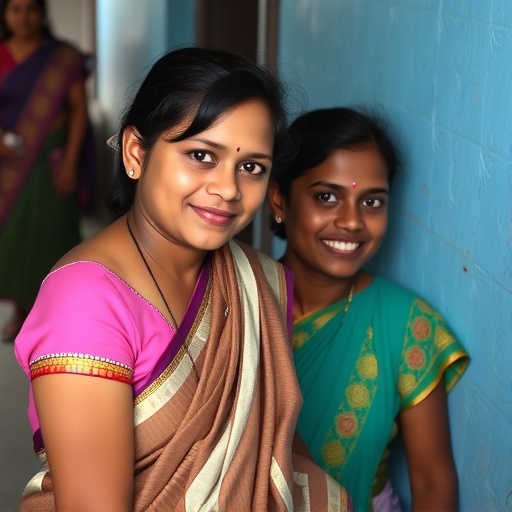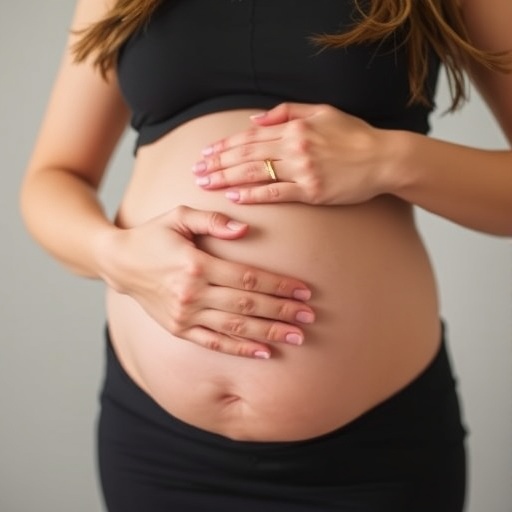Over 1,700 children die from child abuse each year in the U.S., and far more sustain injuries that result in hospitalization. These deaths and severe injuries are preventable, but effective strategies require a deeper understanding of the caregivers causing the harm and the circumstances surrounding the child’s injuries.
The odds of child physical abuse vs. accidental injury increased substantially when the caregiver at the time of injury was male, according to a new study published in The Journal of Pediatrics. When the male was the boyfriend of the mother or another caregiver, the odds of abuse were very high. Injuries were also much more severe when the child was with a male caregiver. In contrast, abuse as the cause of injury was substantially less likely when a female caregiver was present, with the exception of a female babysitter. Caregiver arrangements that were different than usual also were associated with increased risk of abuse. These findings may help improve early recognition of abuse when a young child is injured and may also inform future abuse prevention strategies.
“Given that we found strong associations between certain caregiver features and the likelihood of abuse, it is vitally important for clinicians evaluating the child to ask about who was present at the time of injury,” says study author Mary Clyde Pierce, MD, from Ann & Robert H. Lurie Children’s Hospital of Chicago, who is the Principal Investigator on the Bruising Clinical Decision Rule study that supplied the data. Dr. Pierce is a Professor of Emergency Medicine at Northwestern University Feinberg School of Medicine. “Through a better understanding of caregiver features, screening for child abuse can be refined, evidence-informed clinical decisions can be made, prevention efforts can be focused on populations at greatest risk, and policies can be tailored accordingly.”
The study examined data on 1,615 children younger than 4 years of age who presented to a pediatric emergency department with an injury. Twenty-four percent of these children were determined to be physically abused. The majority of severe injuries were classified as abuse (77 percent), and nearly all cases of severe injury in which fathers and boyfriends were present involved abuse.
“Child abuse prevention efforts frequently target mothers, but our study confirms previous research that the presence of male caregivers poses a greater risk of abuse, so the focus must shift for prevention strategies to be successful,” says Dr. Pierce. “Future prevention strategies also should educate parents that leaving their young children in the care of people unfamiliar with the challenges of caregiving, even for brief periods of time, can be dangerous.”
###
This work was supported by the Eunice Kennedy Shriver National Institute of Child Health & Human Development (RO1HD060997; PI Pierce) and The Grainger Foundation.
Research at Ann & Robert H. Lurie Children’s Hospital of Chicago is conducted through the Stanley Manne Children’s Research Institute. The Manne Research Institute is focused on improving child health, transforming pediatric medicine and ensuring healthier futures through the relentless pursuit of knowledge. Lurie Children’s is ranked as one of the nation’s top children’s hospitals by U.S. News & World Report. It is the pediatric training ground for Northwestern University Feinberg School of Medicine. Last year, the hospital served more than 212,000 children from 49 states and 51 countries.
Media Contact
Vita Lerman
[email protected]




